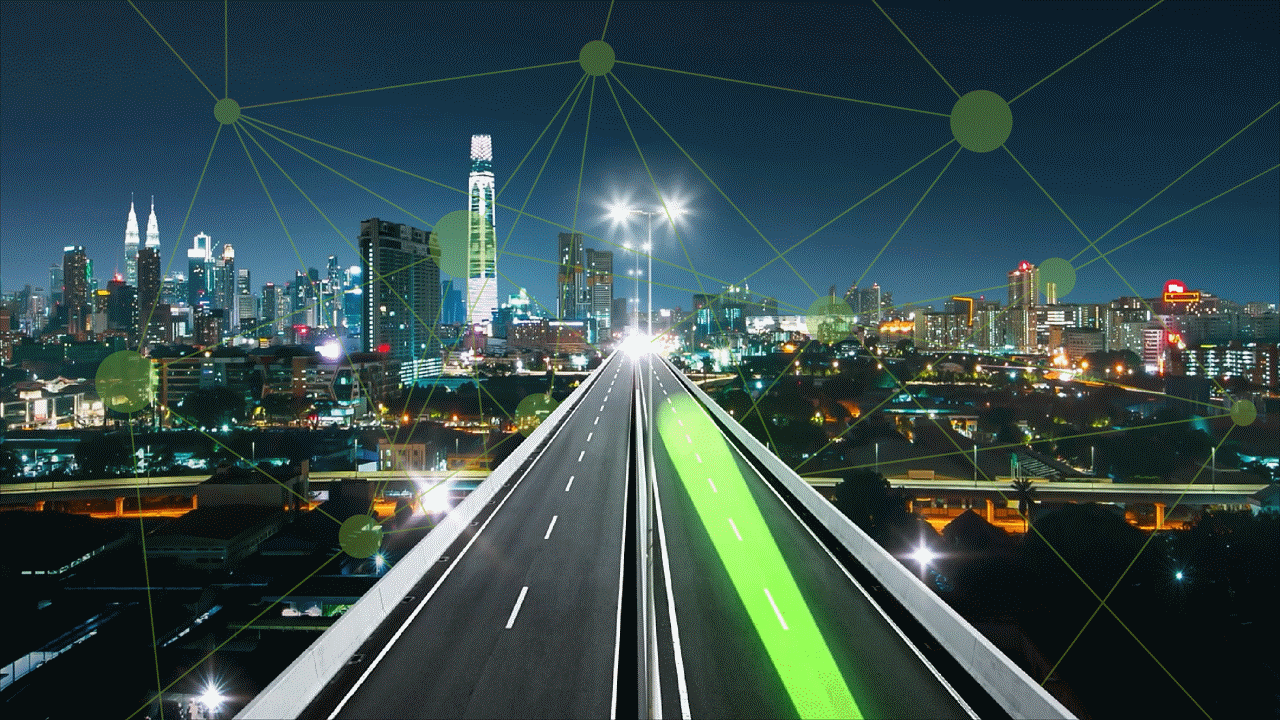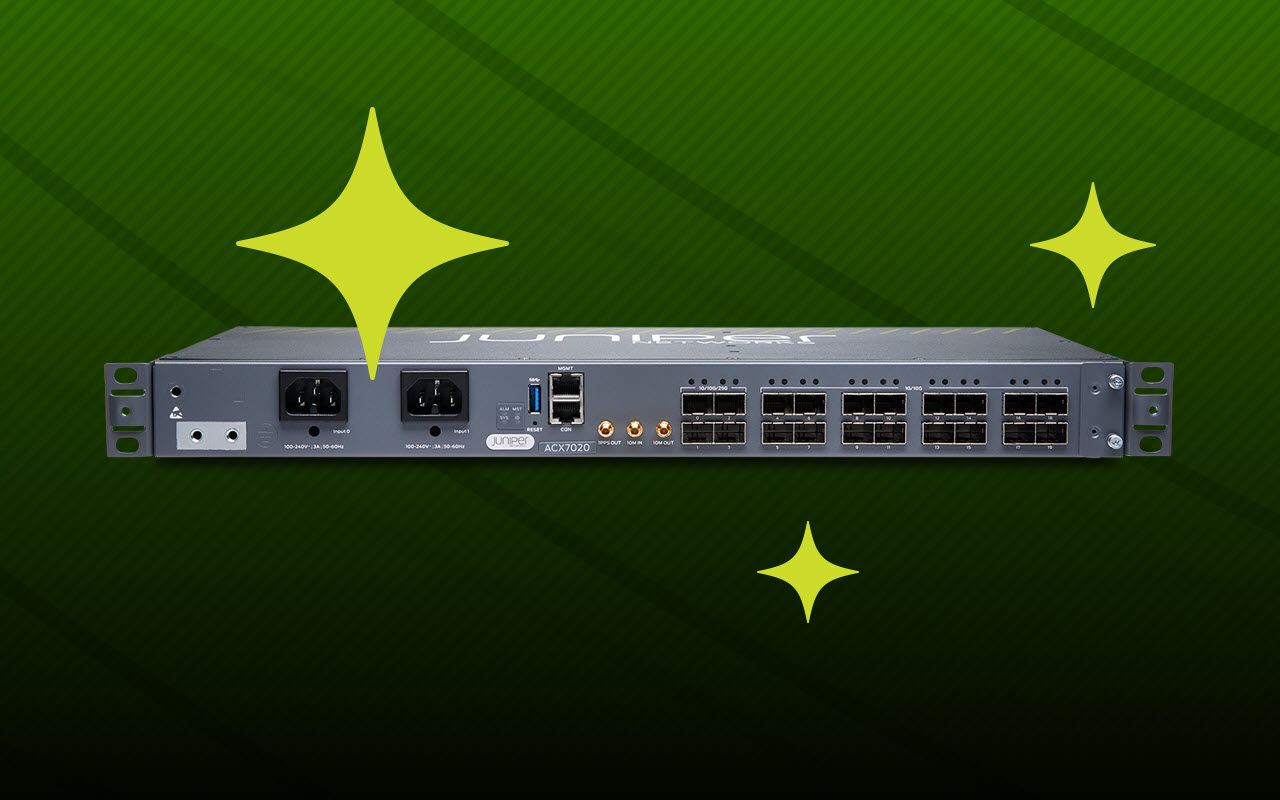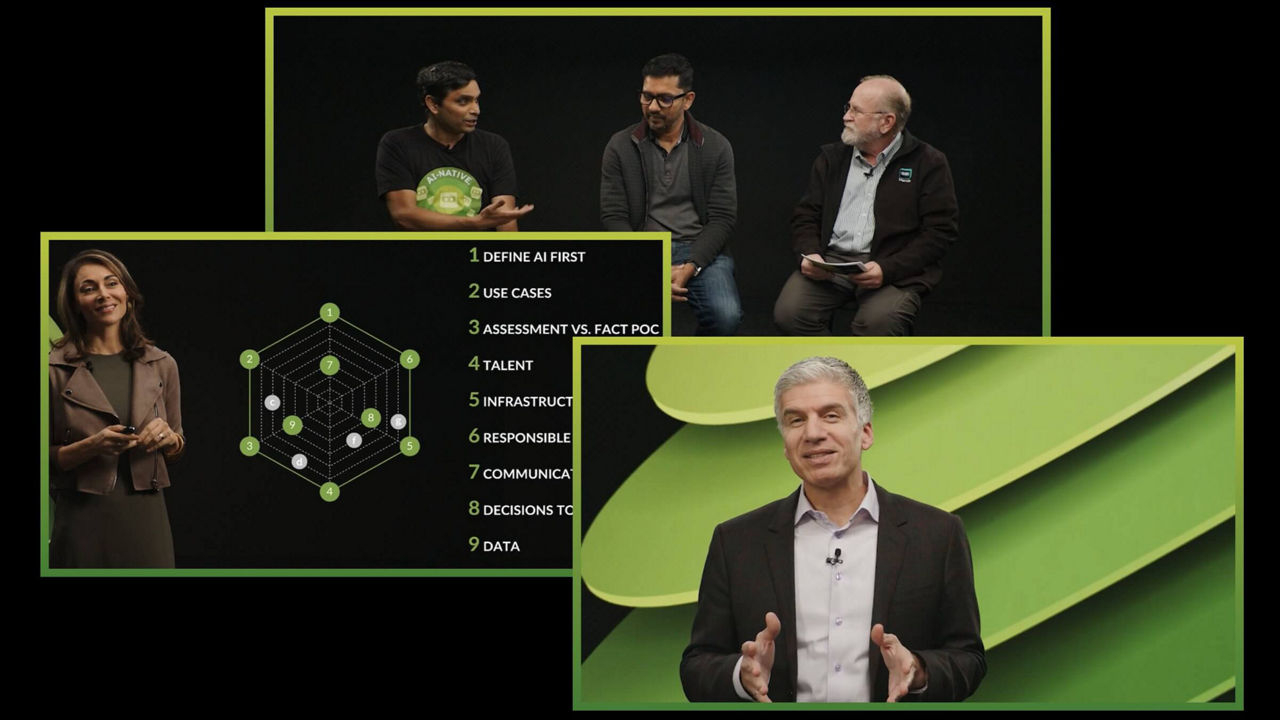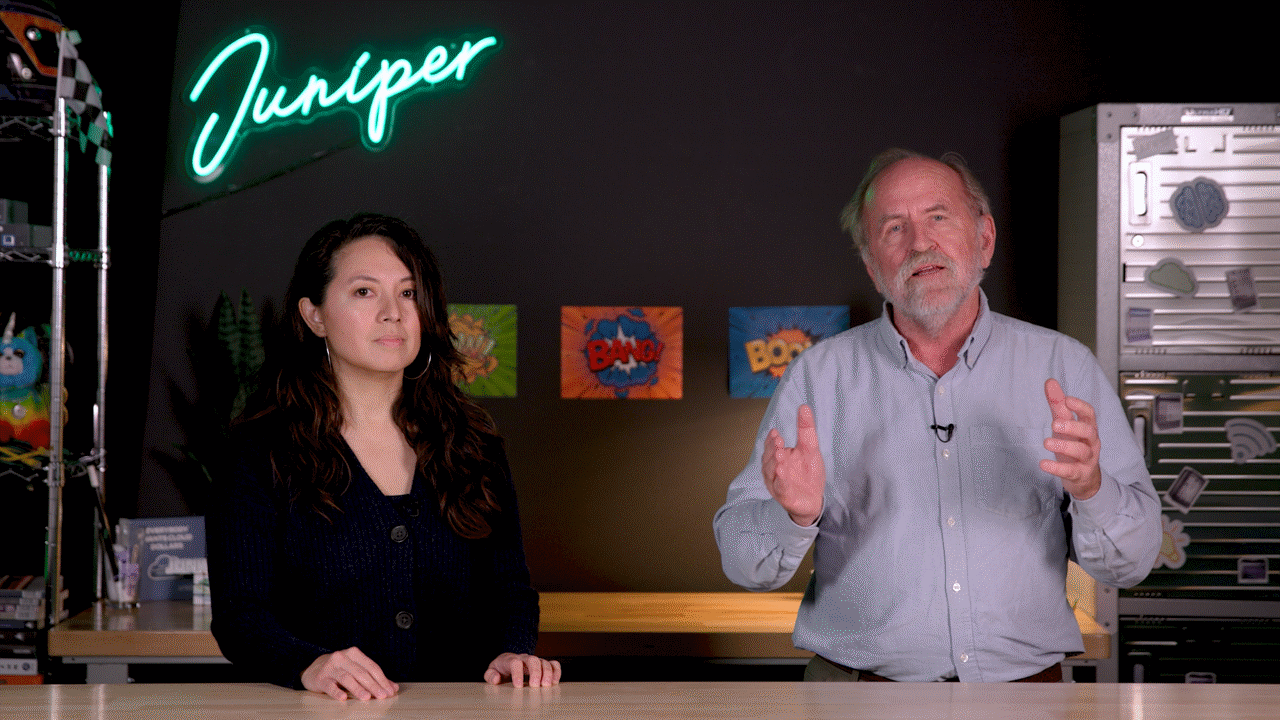Embarking on a journey to the Self-Driving Network™ mirrors the evolution of self-driving cars. What once seemed impossible is now a reality, with autonomous vehicles self-navigating roads and making real-time decisions that often surpass human capabilities. Not to mention, autonomous vehicles don’t drive distracted or fatigued. Similarly, networks are evolving with AI and automation as their catalysts, progressively taking on more responsibilities—autonomously providing insights, recommending resolutions, and even taking self-correcting actions.
At Juniper, we’re at the forefront of this networking transformation, guiding customers on a journey to the Self-Driving Network.
Building trust in AI for networking
How did we arrive at this self-driving reality? Like Rome, it wasn’t built in a day. The path to self-driving cars was gradual, with steppingstones such as backup cameras, collision alerts, LiDAR, and computer vision. Each advancement helped drivers (now riders) build incremental confidence in the technology by improving safety, enhancing convenience, and proving its reliability.
A journey to the Self-Driving Network follows a similar path. AI first surfaces insights then makes recommendations and eventually takes autonomous actions. Trust is built as IT teams see AI consistently deliver excellent results—identifying and resolving issues faster, reducing operational burdens, and enhancing network reliability.
Explainability is key to building this trust. AI in networking shouldn’t be a black box; organizations should understand how decisions are made and why. If a vendor can’t explain the logic behind its AI, users should be skeptical—it might just be “AI washing.”
Five Stages of the Self-Driving Network journey
A journey to the Self-Driving Network unfolds across five stages, each building upon the last to enhance network performance and resilience through AI innovation:
- Data: The foundation starts with collecting high-quality, real-time data. Without relevant data, AI can’t make informed decisions.
- Insights: Raw data is transformed into actionable intelligence, providing visibility into network health, performance, and user experiences.
- Recommendations: AI diagnoses problems and suggests solutions for rapid remediation, allowing IT teams to promptly resolve issues and enable seamless experiences.
- Assisted: With IT approval, AI takes proactive steps to self-heal, resolving issues autonomously, saving time, and ensuring performance.
- Full self-driving: The ultimate goal: a network that configures, troubleshoots, and optimizes itself, freeing IT teams to focus on strategic initiatives.
Where is your network on this journey?
Juniper has been on this journey for over a decade—longer than any other vendor—pioneering AI-Native Networking to simplify operations, empower IT teams, and deliver seamless user experiences.
Let me be clear: AI isn’t replacing IT jobs, it’s augmenting human capabilities. AI surfaces insights that IT teams might miss, quickly identifies root causes to save hours of troubleshooting, and self-heals to ensure optimal performance. The result? A network that works smarter so IT teams can focus on innovation rather than firefighting.
In this blog series, I’ll take a deep dive into each stage of the journey—exploring how organizations can progress from data collection to full self-driving capabilities. Stay tuned as we break down the key milestones that bring AI-Native Networking to life.
Where does your organization sit on this journey to the Self-Driving Network? Wherever you are, Juniper can help you take the next step.
Additional blogs in this series
Stage 1 on a journey to the Self-Driving Network™: data
Stage 2 on a journey to the Self-Driving Network™: insights
Stage 3 on a journey to the Self-Driving Network™: recommendations

























